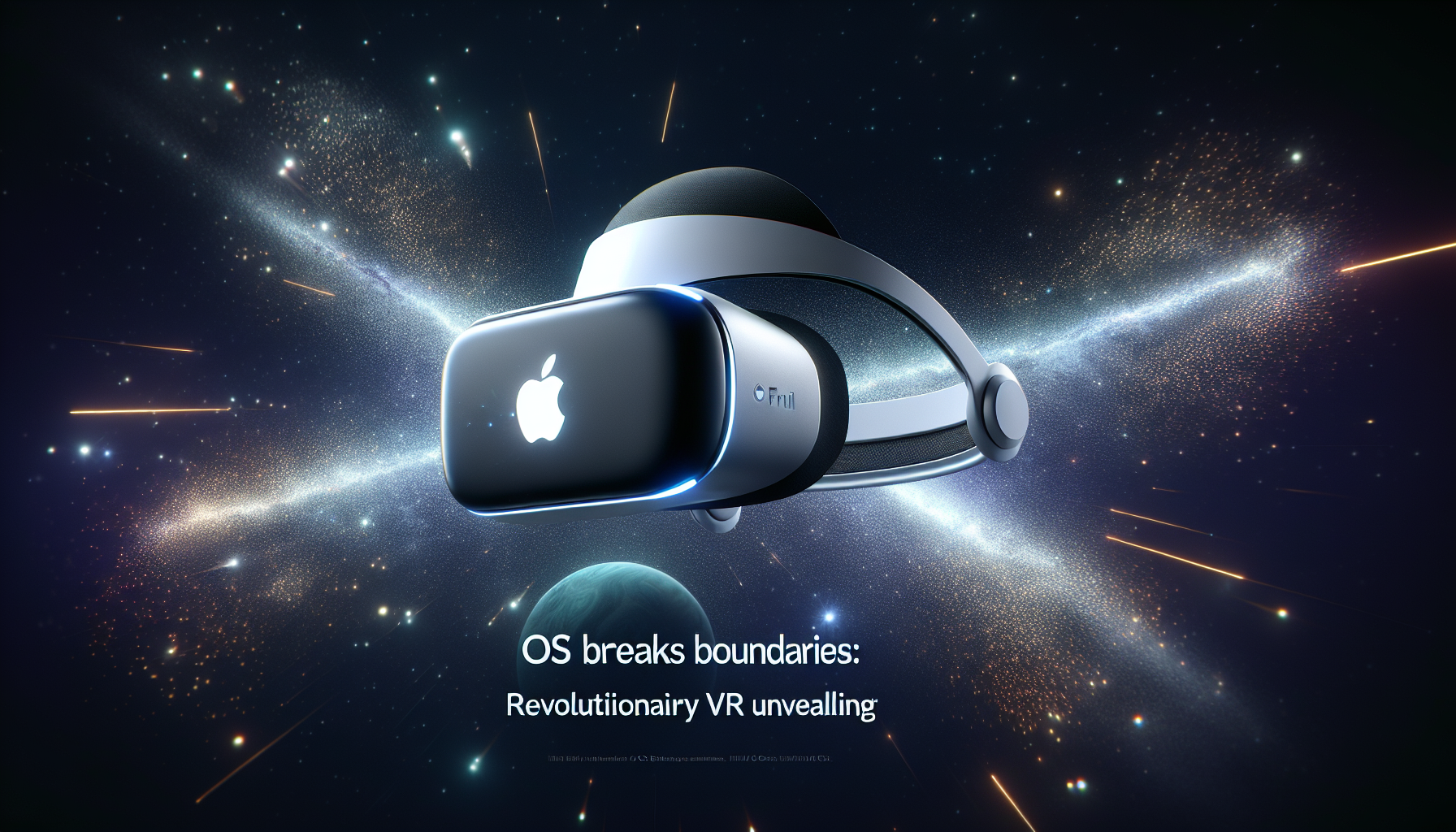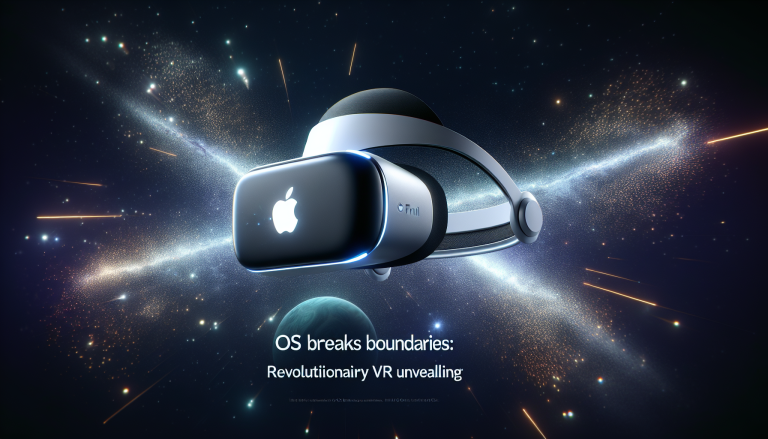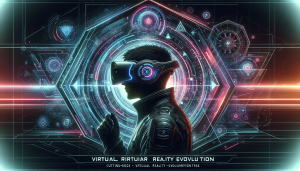
iOS Breaks Boundaries: Apple’s Revolutionary VR Unveiling
The Immersive Leap: Apple’s Vision for iOS VR
In the ever-evolving landscape of virtual reality (VR), Apple has long been rumored to be working on a groundbreaking VR headset that could revolutionize the way we experience digital worlds. While the tech giant has remained tight-lipped about the specifics, recent reports suggest that their iOS VR ambitions are closer to reality than ever before.
According to industry insiders, Apple’s foray into VR is poised to leverage the power of their iOS ecosystem, creating a seamless and intuitive experience that could set a new standard for immersive computing. With a deep understanding of user experience and a track record of delivering sleek, intuitive products, Apple’s entry into the VR space has the potential to reshape the industry and usher in a new era of mainstream adoption.
A Glimpse into Apple’s VR Vision

At the heart of Apple’s VR endeavor is a rumored high-end headset that promises to deliver a level of visual fidelity and performance unmatched by current consumer offerings. Powered by advanced optics and cutting-edge hardware, this device is expected to offer an unprecedented level of immersion, transporting users into vivid virtual worlds with stunning clarity and minimal latency.
One of the key differentiators of Apple’s approach is the integration of their iOS ecosystem. By leveraging the vast library of iOS apps and the millions of developers already familiar with the platform, Apple could potentially unleash a torrent of VR content and experiences tailored for their headset. This symbiotic relationship between hardware and software could be a game-changer, enabling developers to create immersive VR apps with relative ease and ensuring a steady stream of compelling content for users.
“Apple’s strength has always been in creating seamless experiences that just work,” says industry analyst Mark Gurman. “If they can bring that same level of polish and user-friendliness to VR, it could be the catalyst that propels the technology into the mainstream.”
Redefining Spatial Computing
Beyond gaming and entertainment, Apple’s vision for iOS VR extends to productivity and collaboration. The company is rumored to be exploring innovative ways to integrate VR into everyday tasks, enabling users to create and interact with virtual workspaces, collaborate in real-time with colleagues, and even attend virtual meetings and events.
“VR has the potential to revolutionize the way we work and communicate,” explains VR developer Sarah Johnson. “With Apple’s focus on user experience and productivity, their iOS VR platform could provide a whole new way of thinking about computing and collaboration.”
Moreover, Apple’s prowess in machine learning and artificial intelligence could further enhance the VR experience. By leveraging advanced algorithms and data processing, the company could introduce new levels of context awareness and intelligent assistance, making virtual environments more responsive and intuitive.
The Road Ahead
While the anticipation surrounding Apple’s VR ambitions is palpable, the road to mainstream adoption is not without its challenges. Issues such as pricing, content availability, and user adoption will need to be addressed for the technology to truly take off.
“Apple has a history of making cutting-edge technology accessible to the masses,” notes tech journalist Brian Tong. “If anyone can crack the code and make VR a household name, it’s them.”
As the world eagerly awaits the unveiling of Apple’s iOS VR vision, one thing is certain: the landscape of virtual reality is poised for a seismic shift. With their expertise in design, user experience, and ecosystem integration, Apple could very well be the catalyst that propels VR into the next generation of computing, forever changing the way we interact with digital worlds.

